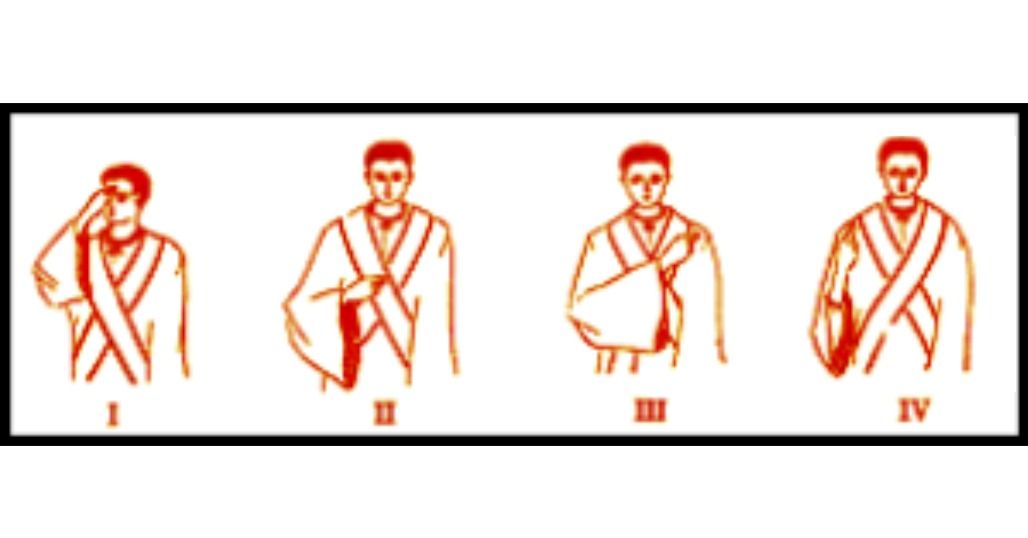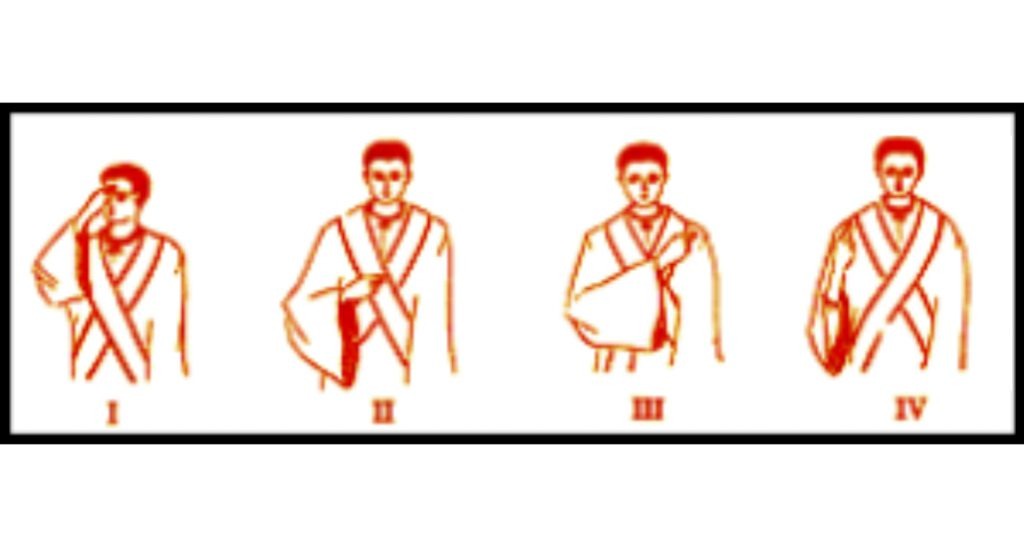Baptism: Welcome to the Family

“Holy Baptism is full initiation by water and the Holy Spirit into Christ’s Body the Church.” (Book of Common Prayer, Pg 298) A church is like your family, you’ll have people who will feel like extra parents, aunts, uncles, grandparents, etc. Baptism is your “birth” into a family that no matter where you go, you will be loved by those around you and by God.
In the Episcopal Church baptism is done with water and must be by the full trinity – the Father, the Son, and the Holy Ghost. Usually, it is an infant being baptized, but older children and adults are as well. People who were baptized young, usually go through the rite of Confirmation when they approach 16 years of age or older. But we’ll talk more about Confirmation another time.
Personally, I think the most powerful moment in a baptism is not when the water or oil is anointed. Rather, I believe it is the part just after that where the whole congregation present welcomes the newly baptized with these words:
“We receive you into the household of God. Confess the faith of Christ crucified, proclaim his resurrection, and share with us in his eternal priesthood.” (Book of Common Prayer, Pg 308).
It is at that point in the service where the powerful voice of the whole family of God acknowledges that we have witnessed the new member’s joining and they instantly receive a whole slew of new parents, aunts and uncles, grandparents and siblings. And, like any family, we won’t always get along and won’t always agree – but we are a family and we got each other’s back and are connected forever in the love of God.
For more information about baptism in the Episcopal tradition please check out these links, and contact your local Episcopal church.



